With all Centre and other events in Canterbury cancelled until the autumn at the earliest, and even September may be in doubt – more news when matters become clearer; and the Prime Minister remains in intensive care, the gravity of the situation at all levels is clear. Hence, developing ways to adjust to the present circumstances are paramount in order to fulfil government requirements to help those on this ‘war’s’ frontline.
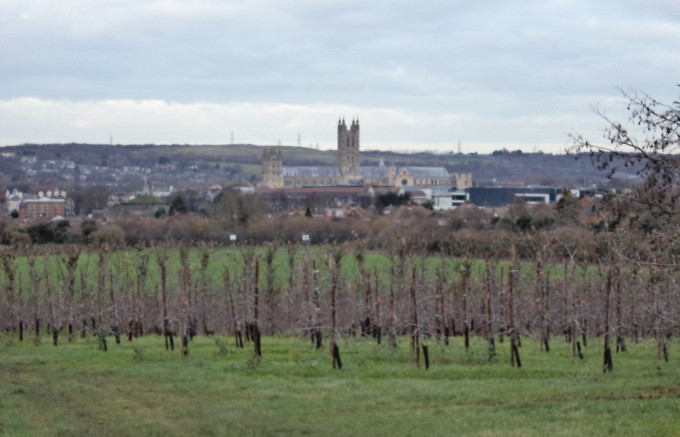
To do this, even in what might be termed a very small way, the Kent History Postgraduates group held its second virtual meeting today. Due to the wonders of modern technology, we had seven people, Jacie as the eight was ‘in’ the meeting briefly before she hit computer issues, and Lily, with similar problems, didn’t make it this time. Next time we hope to have everybody! So thanks very much to all for making the time and effort to join (or try to join). Having caught up more generally with people, including finding out that Jane seems to have fully recovered – just hay fever now, we discussed how people are getting on in terms of their research and adapting to the current circumstances. For the purposes of this blog, I’m just going to mention one or two matters per person, and in no particular order.
Tracey normally works as a supply teacher and personal tutor, which means suddenly she has more time than usual. From her previous evidence gathering, fortunately she has enough primary material for the time being on east Kent gentry landholding, and she is also amending her introductory thesis chapter. Jane is working on her database, albeit she like Maureen has found out that the IHR database course they were both booked on has been cancelled, and she is also back investigating in detail the Tonbridge Priory ‘pittancer’s’ account – she has got as far as Lent. Peter has been extremely busy with his pastoral work as part of the chaplaincy team; but will be getting back shortly to work on the examiner’s comments on his Masters, Dean is also offering suggestions. Janet is in the process of writing the introduction to her thesis. This is proving to be challenging due to the limited amount of historiographical and contextual material available. Several people offered suggestions about the possibility of discussing her methodology in line with the various themes she will be discussing in the main thesis, such as landscape studies, network analysis and agricultural practice. She had also been due to visit the archives at TNA and Canterbury Cathedral, which has obviously gone on hold, while she has found herself even more enmeshed than normal in local government and heritage initiatives. Dean has his final review meeting coming up and has 85,000 words in draft for his thesis. He also told Maureen and Jane about a Tonbridge reference he had found recently. In addition to editing, he is just about to submit a post-doctoral application for a 1-year project grant – good luck Dean! Maureen has gone back to the 1385 Tonbridge manorial records, as well as the larderer’s accounts. She is going to look at estate management either side of the Black Death, and one aspect she will be assessing in the economic health of the Tonbridge market. From these points, people are demonstrating adaptability and resilience in difficult times.
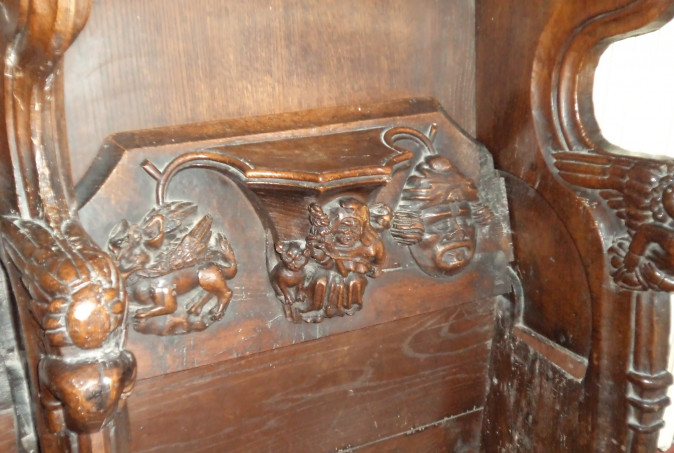
Of course, this blog should have contained a report on the Medieval Canterbury Weekend 2020, which was on course to have been our most successful to date with over 2000 tickets sold, which would have considerably boosted the Ian Coulson Memorial Postgraduate Award fund. In the absence of this, I thought I would focus on the area of Canterbury where both of Professor Paul Bennett’s tours on Saturday morning would have taken place – Worthgate Ward and the parish of St Mildred’s. For those who are unfamiliar with Canterbury, I’m very briefly going to introduce this area and then tell you about a few people who lived there in the later Middle Ages, there isn’t space for anything else!
The division of this royal town into wards or bertha is ancient, being based on Canterbury’s six major gates, which was presumably for matters of defence, as well as administration for taxation and judicial purposes. Even though the only surviving ward map is late 18th century, the boundaries of the river to the west, the ancient highway of Hollow Lane to the south, the use of what appear to be ancient trackways to the east (become Lime Kiln Road to Martyrs’ Field), and the major thoroughfares of St Margaret’s Street and the High Street, suggest little change over the centuries.
For the parish, during the period of the Viking raids, the charter evidence indicates that Abbess Selethryth and her nuns from Lyminge retreated to Canterbury because they received a 6-acre site on the west bank of the river (part of St Mildred’s Tannery site) in 804 by King Coenulf of Mercia and his brother King Cuthred of Kent. This may be seen as part of the continuing Crown-Church (archiepiscopal) relationship and the nuns’ site included a church dedicated to St Mary. This is important because the church was not the precursor of St Mildred’s and was not under the protection of St Augustine’s Abbey.
Moving to the east bank of the river, including Worthgate, this area was under St Augustine’s ecclesiastical influence and may have extended to Ridingate. It has been suggested that in this early medieval period, all six gates had a church above the gateway or close by, which for Worthgate was St Mary’s. With the coming of the Normans and the re-organisation of landholding necessitated by the building of the two castles, the dedication may have become St Mary de Castro under the abbey’s patronage.
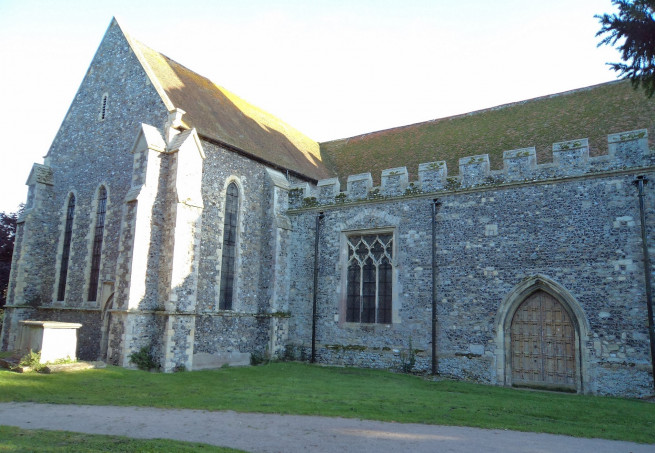
In the early 11th century a small church linked to Worthgate would have been too small for the area’s expanding population. For the abbot, as patron, this presumably required action. It was his responsibility to ‘his’ people but was also a golden opportunity. Certain parts of the fabric point to St Mildred’s church having been constructed at this time and the dedication fits this idea of c.1030. For just as the archbishop and the cathedral community saw a chance to strengthen their territorial hold on parts of east Kent as a consequence of the Viking raids, acquiring the lands of earlier religious communities at Reculver and Lyminge, St Augustine’s similarly saw an opportunity. The lands the abbey community had in its sights were those belonging to Minster in Thanet. One way to achieve this was to give a ‘safe’ home to the Thanet community’s most precious sacred relics, which for Minster meant St Mildred, and by allowing her relics to be moved the saint was demonstrating her agreement. Hence what really amounted to a raid by the abbot and monks on Minster in 1030, but importantly with royal approval – from Cnut, meant that even though the Thanet islanders put up considerable opposition, St Mildred’s body was brought triumphantly to Canterbury. This act of translation was valuable – it enhanced the abbot’s and abbey’s status, and initially all the relics presumably went to the abbey church. Even though this remains conjecture, as a way of additionally promoting the abbey’s spirituality, perhaps useful in the light of rumours of the abbey’s duplicity in the 1011 siege of Canterbury, a further translation of a relic from St Augustine’s to the abbey’s new church at Worthgate would have been worthwhile for the abbot and ‘his’ parishioners.
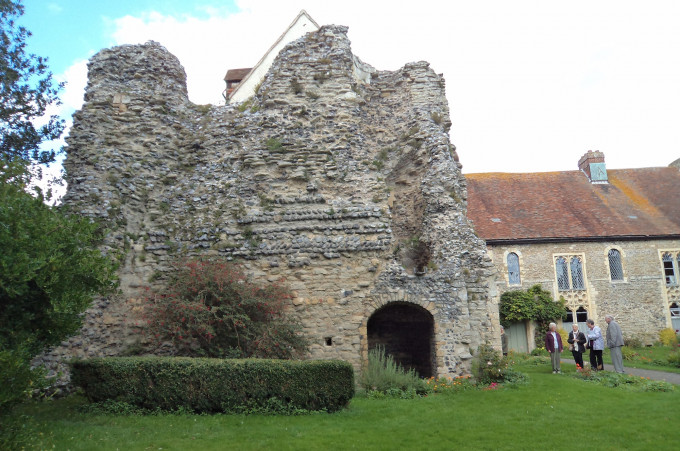
The reason behind this level of interest in the area can be summed up as commercial – markets (timber and wagon, not wine), mills, fish weirs, workshops, quarrying, farmland, woods and industry; jurisdictional – taxation, tenure and landholding, courts and regulation, crime and punishment; and pastoral – idea of lordship and (social) responsibility, power and authority, law and order, that is the reciprocal relationship between governors and governed. Hence the Wincheap area mattered!
I now want to fast forward to the late 14th century and just mention a few of the people who lived and died in this part of Canterbury. John Blakbrok had lands and tenements in the parishes of St Mildred and St Mary de Castro, including in the latter parish 2 shops with a ‘teynte’ (drying frame or tenter) and other appurtenances, suggesting his involvement in cloth making. These were to be inherited by his wife for her life and were then to pass to Robert Brambyl and Margery his wife, possibly John’s daughter and son-in-law. A much bigger property tycoon from the same period, John Munde left his wife Alice a messuage and 7 shops and a garden with 2 ‘teyntes’ in St Mary de Castro parish. She was also to receive a life interest in a messuage and 17 shops in St Peter’s parish.
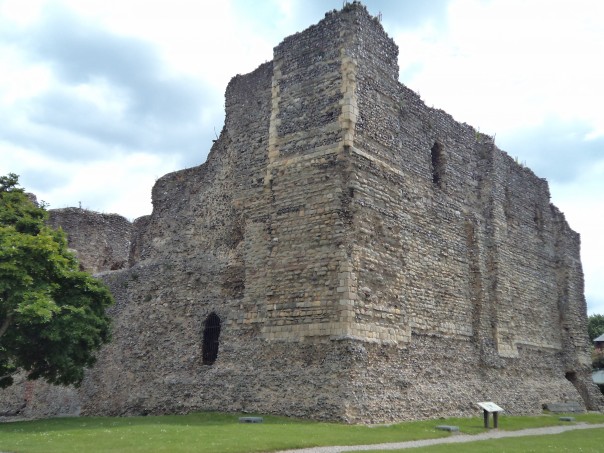
Rentals provide evidence of wood mongers and carpenters living and working in the area, but the intrants’ lists imply a diverse range of occupations among those living in the ward. It has been said that late 14th century Canterbury was an important centre for cloth making and there were certainly weavers in Worthgate ward, such as John Aleyn who had his loom there from 1395 for a decade. Not all made woollen cloth, Walter Staple in the years around 1420 being noted as a linen weaver. Others involved in the same industry were the fullers and shearmen, as well as William Walder who was licenced as a cardmaker in 1423.
Having access to the river may have attracted certain leather workers such as skinners, dyers and curriers, and those involved in the production of leather items were similarly present, including shoe makers and repairers, glovers, saddlers, patten makers and a (horse) collar maker. Moreover, in a city still heavily dependent on pilgrims and travellers, victuallers, brewers and bakers worked in the ward, including Gilbert Fourbour, a pybaker, but butchers seem to have been scarce before the late 1460s, being instead in Burgate, Newingate and Westgate wards.
Tapsters and other service occupations did feature amongst the licence payers, but it is worth noting that metal working, construction and generally more unusual crafts were practised by these Worthgate ward self-employed residents. Among these were the usual smiths, locksmiths and even a few goldsmiths, but there was also a spoon maker, while Nicholas Laurens made spurs. His business seemingly continued by his widow for a year after his death. Robert Newman was a glasswright in 1426, over the next twenty years 2 parchment makers were in business locally, while John Sharp made his living as a scrivener. Equally interesting are the 2 clock makers: John Taillour from 1430 for several years and about 30 years later John Marsch. Perhaps not surprisingly missing from the intrants was John Warburton who ran a brothel, although the lack of inns is interesting, ‘La Cardinall Hatte’ (recorded in 1465) being one of the very few exceptions.
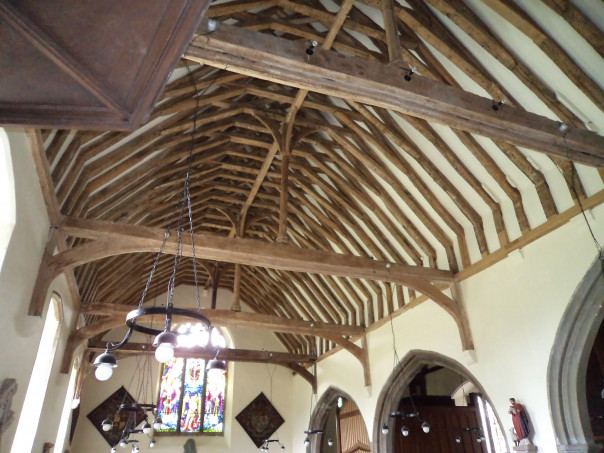
There isn’t space here to look at St Mildred’s church through the wills of its parishioners. However, it is worth saying that these are very rich sources of evidence, as they are for the history of the city more broadly in the 15th and 16th centuries, but I’ll leave these materials for another time.
 Centre for Kent History and Heritage
Centre for Kent History and Heritage Sheila Sweetinburgh
Sheila Sweetinburgh 1229
1229

